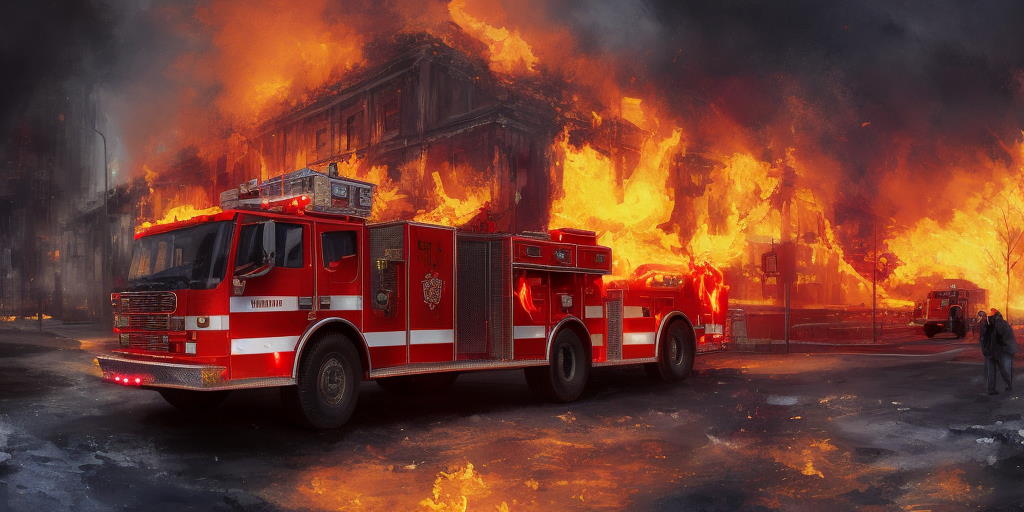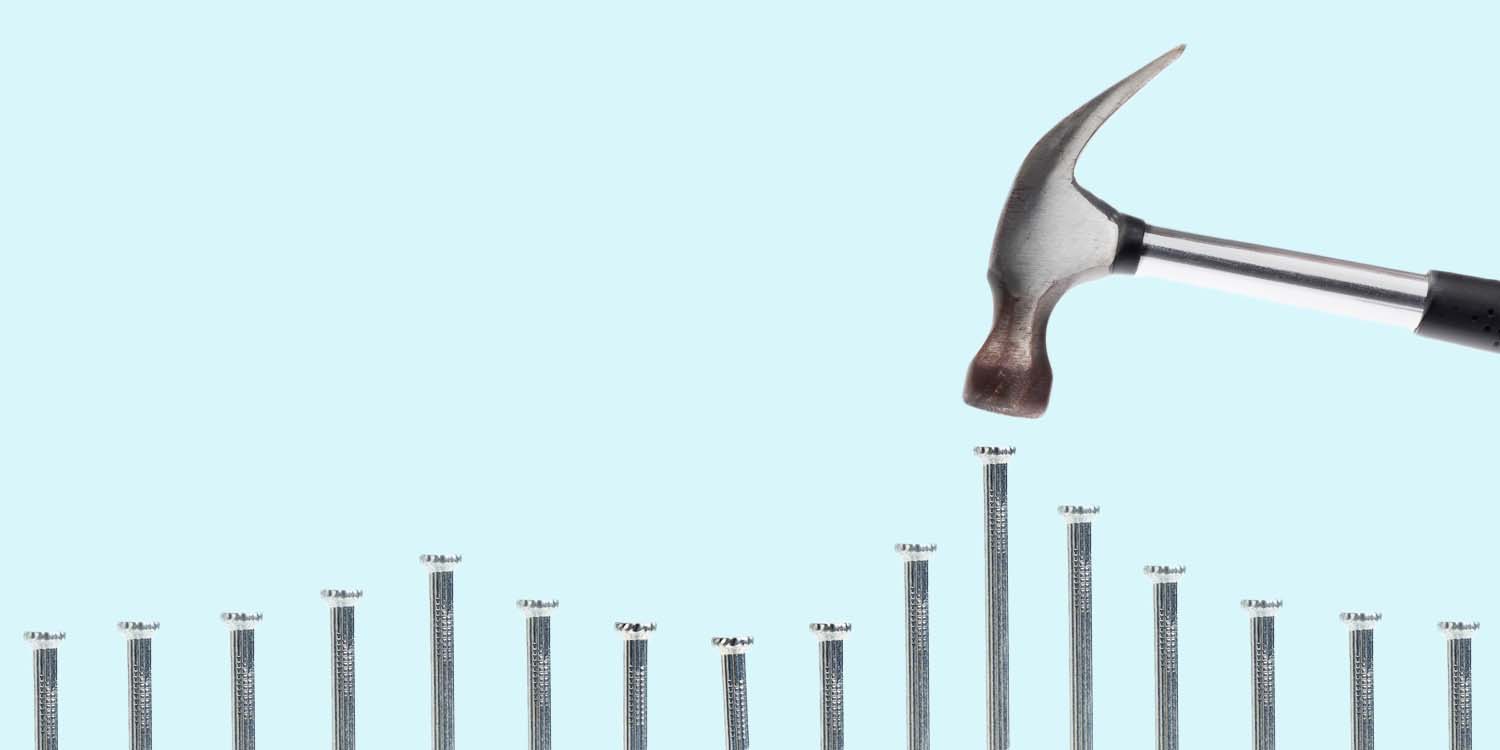Supply Chain Science
Back to the blog ›
RFI, RFP and RFQ madness in supply chain
Over the years, Lokad has gained some notoriety, and we have earned the privilege of being part of an increasingly large number of RFI (request for information), RFP (request for proposal) and RFP (request for quote) related to supply chain optimization.
The maintenance of the optimization
Lokad offers a flat monthly fee for software and expert services, ensuring optimal supply chain performance. Traditional optimization software fails due to inadequate maintenance. Lokad's supply chain scientists maintain automation, requiring ongoing engineering resources to prevent reverting to inefficient spreadsheet management.
The role of IT
In many, probably most, large companies operating a supply chain, the IT department has years of backlog. The backlog is made of a myriad of glitches, inconsistencies, or fragilities that could be fixed but aren’t. Besides creating vast bureaucratic overheads, this endless series of pointless annoyances demotivates everyone.
On noise, NPCs, chatbots, and supply chain
The state of supply chain communication is dismal. By way of anecdotal evidence, for the last couple of months, my daily morning routine consists of attempting to find one post – just one – that qualifies as _worthy of interest_ to an audience of supply chain minded people – in order to have it shared on news.lokad.com. This seemingly simple exercise proves exceedingly difficult. Most days, I do not succeed.
Supply chain resilience requires bandwidth
The last couple of years haven’t been kind to supply chains. In fact, the only thing that hasn’t been in short supply appears to be forces of disruption':' lockdowns, wars, inflation, etc. As a result, a newfound interest in ‘resilient’ supply chains has emerged.
Forecasting Climate Change like a Supply Chain Planner
Transcript of the talk given by Joannes Vermorel at the Ecole polytechnique in Palaiseau (France) on Friday, June 3rd for the symposium 'Artificial Intelligence, Digital and Climate Change'.
Grand experiment on the TCO of a supply chain software
The price tag of a piece of software ranges from nothing, as it happens with open source, to quite a lot - enterprise software leaning heavily towards the latter. However, operating a piece of software always involves some degree of overhead. The notion of TCO (Total Cost of Ownership) precisely tries to capture the cost in full, taking into account both direct and indirect costs.
Control and bureaucracies in Supply Chains
Over the years, it has become increasingly frustrating to witness that most companies seeking to improve their supply chain performance are setting themselves up for failure through their own RFP (request for proposals) and RFQ (request for quotes) processes.
How many people does it take to change a supply chain light bulb?
Supply chains involve a patchwork of enterprise software. These software layers have been gradually, and sometimes haphazardly, rolled out over the last four decades. The venerable EDI (Electronic data interchange) may sit next to a blockchain prototype.
Beyond time-series
When all you have is a hammer, everything looks like a nail. The hammer long favored by the supply chain community has been time-series and, as a result, in supply chain circles all problems look like time-series forecasts. The hammering temptation is compounded by the extensive literature that exists on time-series forecasting beyond supply chain use cases.
Incrementalism is the bane of supply chains
Incrementalism in supply chain includes improving the forecasting accuracy, improving the service level, reducing the stock level, reducing the lead time. Despite its prevalence among large companies, this approach rarely yields any tangible benefit.
Supply Chain as a Service
In terms of predictive optimization, most supply chains are stuck in the early 1990s. As we started to address the root cause of predictive optimization failures, Supply Chain as a Service emerged as our business model.











